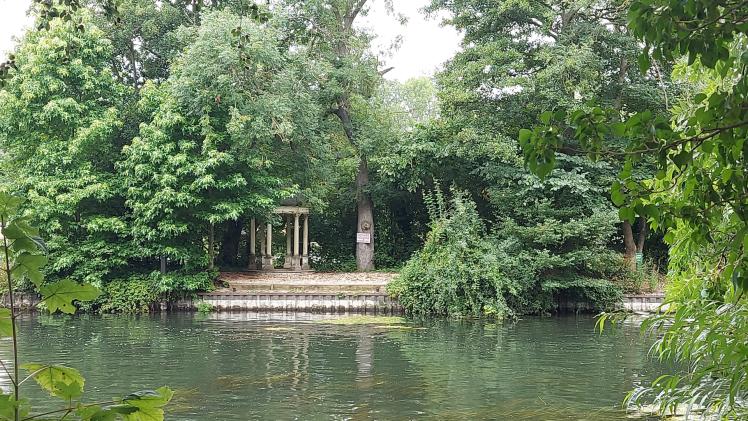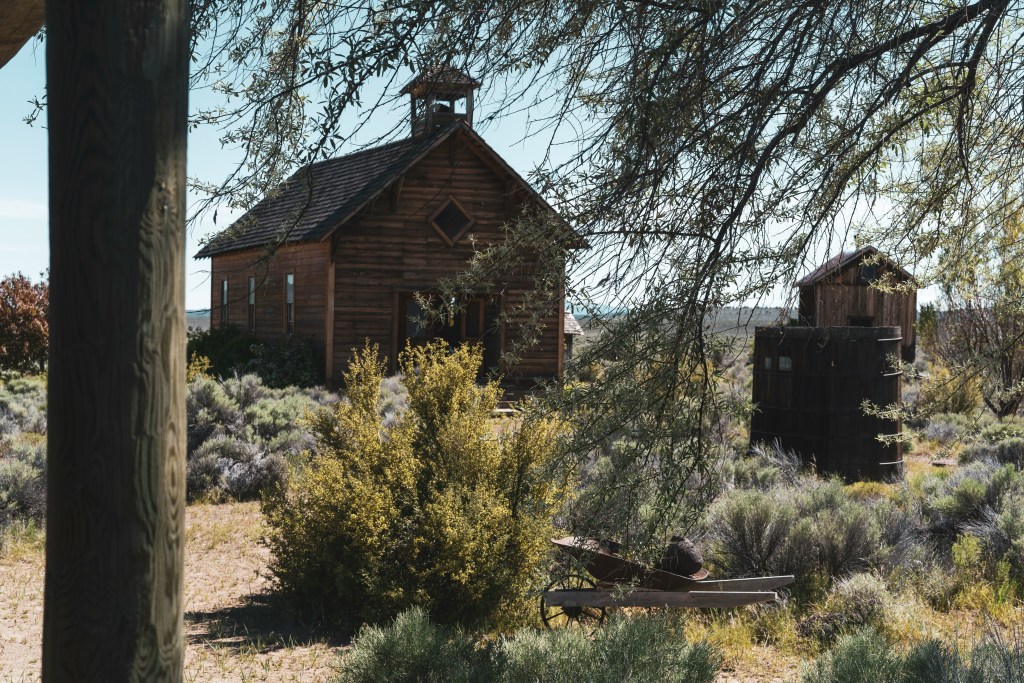Everyone dreams of extravagant vacations.
Unfortunately for most, over-the-top and luxurious trips don’t come around often. They’re usually reserved for some of life’s greater moments, whether a honeymoon or a landmark birthday.
But for some, high-class vacationing is part of their lifestyle—and no one does it quite like the world’s royal families.
Though monarchies have less and less political influence by the year, they remain cultural institutions for millions of people.
The British Commonwealth is the world’s greatest example; its royals have managed to hold onto public attention and a fair amount of approval.
Outsiders love taking a fine-tooth comb to royal affairs—even when monarchs escape for a little bit of vacation. There’s simply no detail too small to make headlines, whether royals are traveling for downtime, a honeymoon, or political purposes.
Ever wondered how England’s royal family vacations and where they frequent? As one of the world’s most powerful dynasties, they aren’t short on properties, invitations, or places to stay.
Here are a few of the most high-profile places where the British royal family vacations.
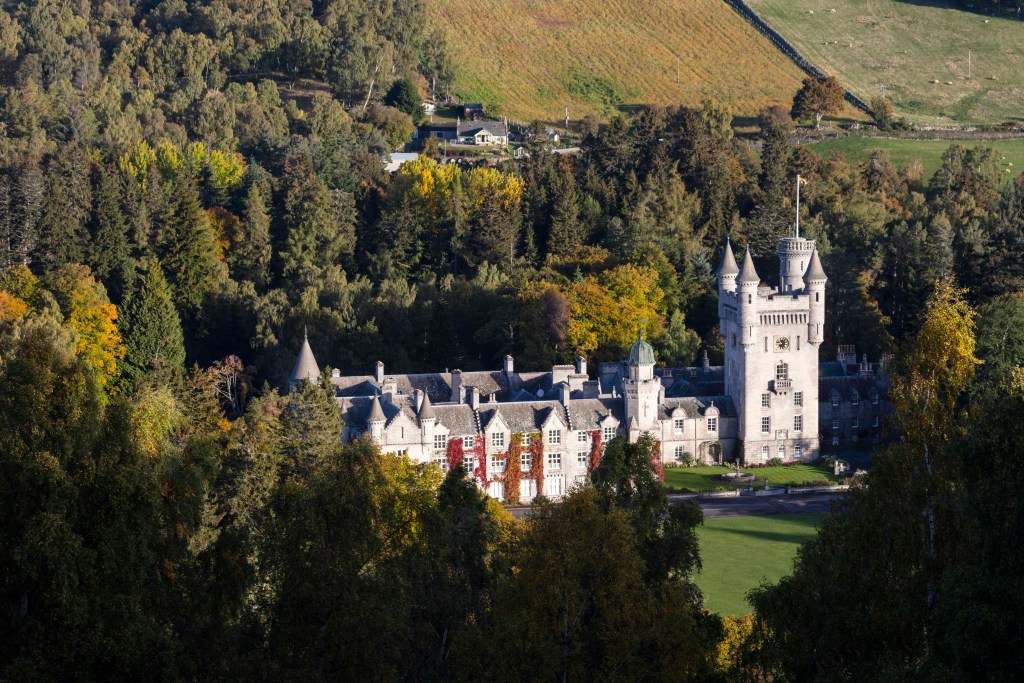
Balmoral Castle
You won’t see this location listed alongside the UK’s most accessible castles. This Scottish structure is home to beautiful gardens and stately rooms, making it a favorite of Queen Elizabeth II.
Nestled in the Scottish highlands, it’s one of the most rugged locations that the royal family vacations. This is one of the most frequently visited vacation spots thanks to its proximity to London.
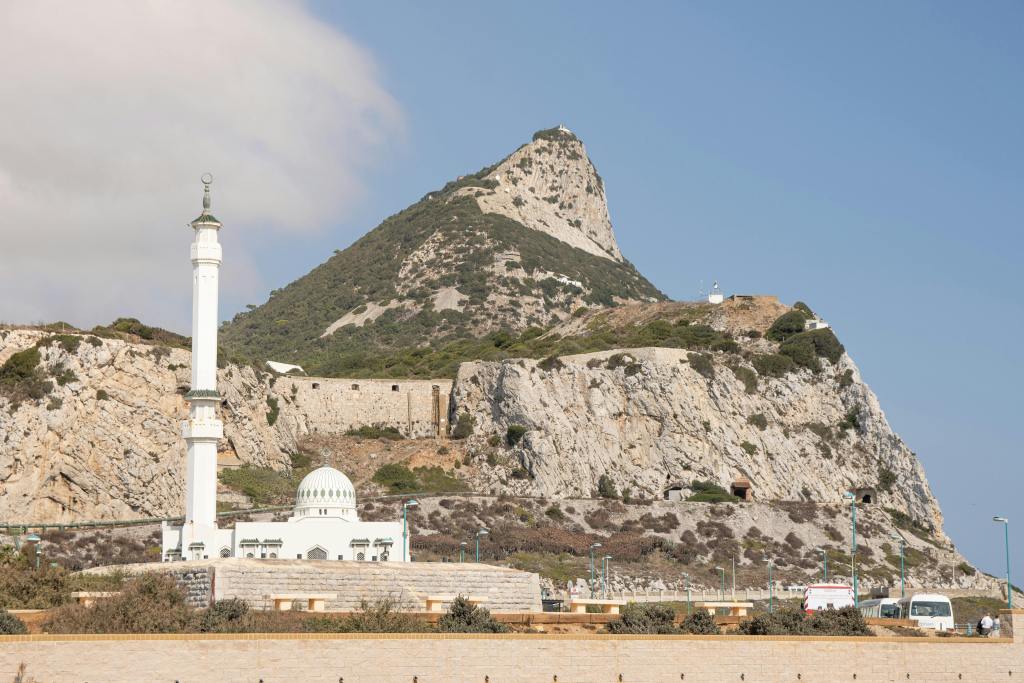
Gibraltar
The first stop on the highly publicized honeymoon of Princess Diana and Prince Charles was Gibraltar, a state still run by the Commonwealth.
This Mediterranean nation is largely home to military and political projects—but it’s got all the sunshine and clear coastlines that you’d expect from this part of the world.
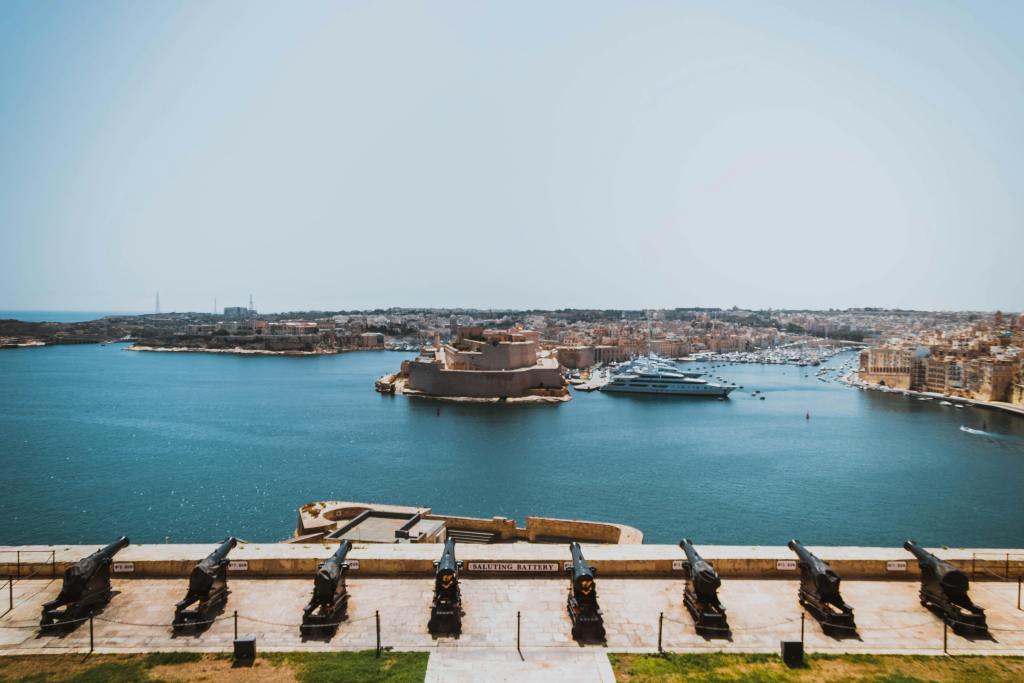
Malta
Similar to Gibraltar, Malta is a tiny island nation in the Mediterranean—one that was part of the British Commonwealth until the 1960s.
Both are hotspots for the royals anytime they travel to the Mediterranean, alongside other islands like Mallorca (part of Spain). Back in the 1940s, Queen Elizabeth II took her honeymoon there with Prince Philip.
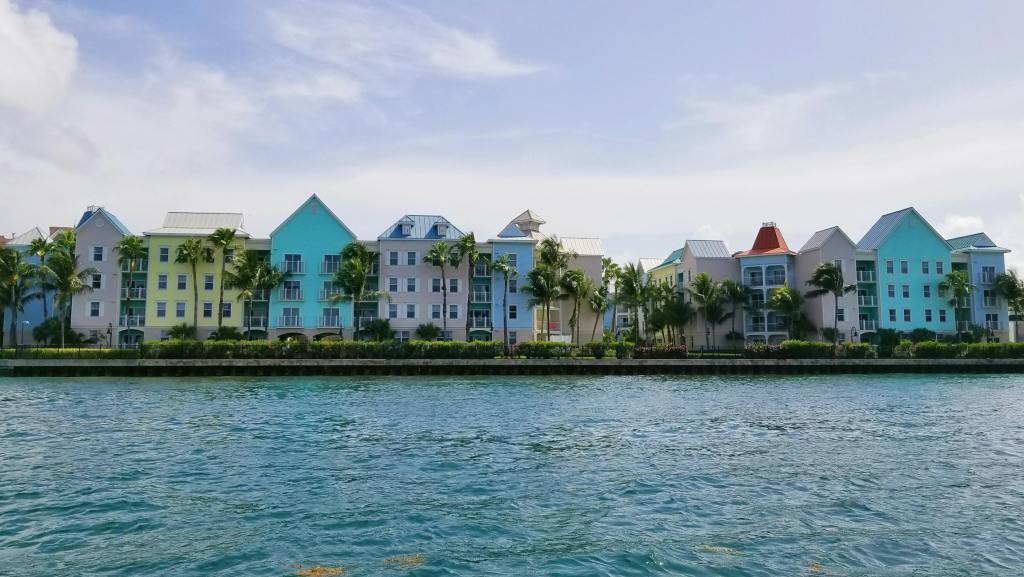
The Bahamas
Nassau is one of the hotspots for British royals—and it’s been one for decades. Back in the 1960s, Princess Margaret went on her honeymoon starting in Nassau.
Later on, Princess Diana would also spend time on Richard Branson’s private Necker Island. She even vacationed there for a period with her sons. (Branson is known for inviting global stars to his island—he’s even hosted the Obamas there.)
Later on, Prince William and Kate Middleton also enjoyed a hefty portion of their honeymoon in the Bahamas.
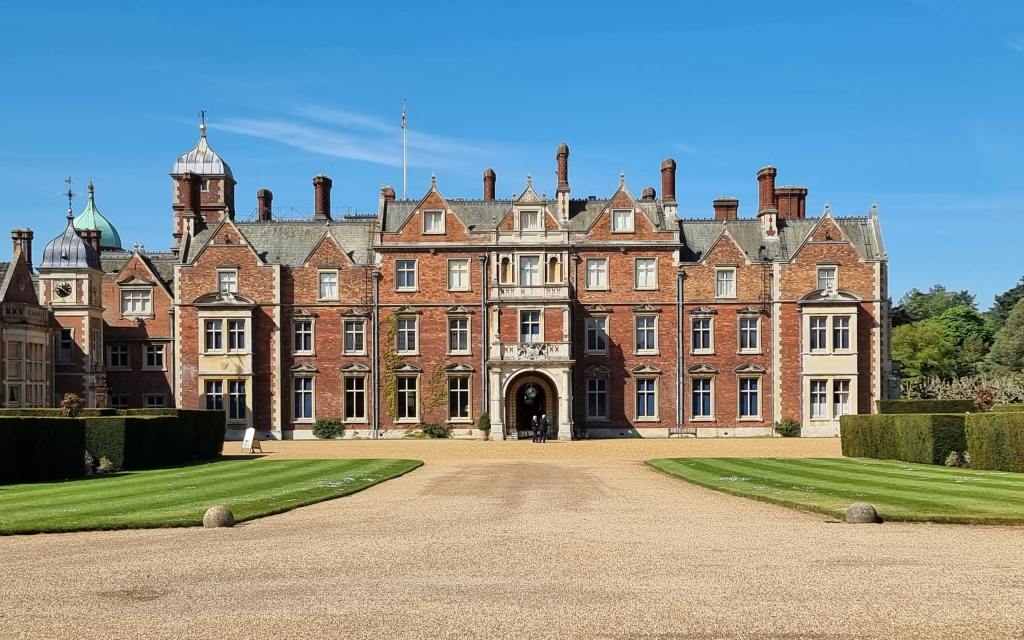
Norfolk Coast
Similar to Balmoral Castle in the Scottish Highlands, the Norfolk Coast is a vacation hotspot that is close to home for the British royal family. The Sandringham Estate has been a popular choice for decades, especially for Queen Elizabeth II during her reign.
But the draw to Norfolk might not be the picturesque rolling hills and forests. Instead, Sandringham Estate is where the royal family celebrates Christmas and New Year annually.
